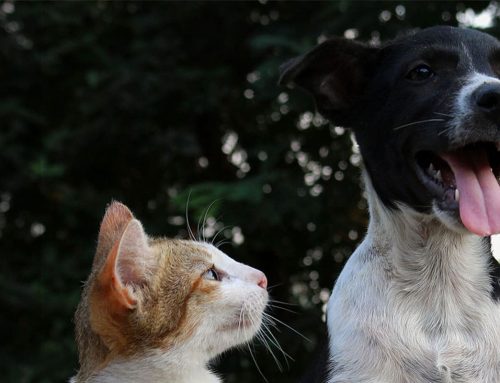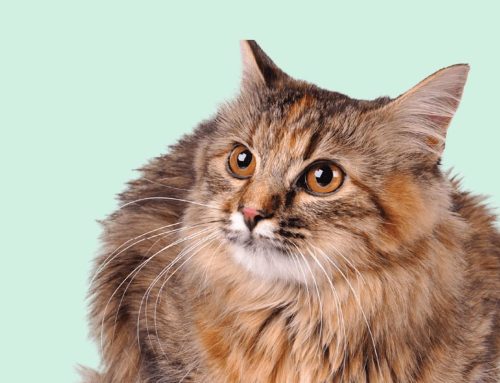Some Essentials
Unlike dogs, cats are not social animals. When you become the owner of a kitten or cat, you need to decide whether he will be an in or outdoor pet. Both options have their own advantages and disadvantages.
Cats allowed to roam freely outside are more likely to carry disease and become exposed to risks that can be dangerous, e.g. they can be hit by cars, injured by other animals, and open to domestic and outdoor parasites like fleas, ticks, worms and ear mites.
On the other hand if your cat is strictly an indoor pet, you must keep him mentally and physically active by interacting with him, playing, exercising and providing objects to scratch. You will also need to ensure your cat is toilet trained and provide him with a clean, quite area for his litter tray.
The decision to allow your cat to be an indoor or outdoor one is up to you. If you are seriously considering an indoor lifestyle for your cat, make sure you are happy to follow these tips:
Tip #1 – Provide a Scratching Place
Scratching is a natural habit of cats that they usually start exhibiting at around five weeks of age. By scratching, cats release chemicals and send messages out to other cats. Scratching everything can be normal for cat, but it will be a nuisance for you if your cat starts scratching the carpet, curtains and furniture. If this has started at your place, than immediately cover or remove the attracting objects or place vinyl caps on the cat’s paws. Unfortunately these caps need to be replaced every month and some cats will not tolerate them. The best defence against destructive scratching is to provide your kitten or cat with a scratching post.
Here are some helpful hints to consider when it comes to scratching posts:
- Not all of the commercially manufactured scratching posts are liked by cats.
- Cats tend to prefer posts with cardboard or wooden surfaces.
- Many cat owners find that homemade posts made from soft logs, tree bases or timber wrapped in fabric work just as well as expensive ones.
- A good scratching post must be taller than the cat in height, allowing him to climb on it.
- A scratching post must be strong and stable, so the cat’s weight can be supported, without it tipping over.
- You must ensure the scratching post is in an area, easily accessible for your cat.
- Don’t replace the scratching post – cats love them old and well used!
Tip #2: Provide your Cat with Recreation Activities to Keep Him Fit, Well and Lively
Play and movement are important to your cat’s physical and mental wellbeing, so toys and activities are essential. They also help satisfy your cat’s natural instincts. Cats usually find reasons to track, hunt and capture, so make available suitable toys that bounce and recoil. Some cats are also fond of moving spotted lights produced by mirrors or flashlights.
You don’t need to spend a fortune either. An interesting homemade toy can be a ball of aluminium foil tied to a long rope that can be fastened around your waist or belt to keep it moving. This moving ball will grab your pet’s attention in seconds and keep it for hours on end. Just be sure to keep the thread long enough, so the cat won’t attack your leg.
If your cat is the only pet living in the house and he is confined to the house all the time, be sure to invest at least 15 minutes of your time every day for interactive play.
Tip #3: Remember Your Cat Values Cleanliness
Cats are fussy animals and they demand a proper, clean and accessible area for their litter tray. Usually, cats prefer to have odourless and soft textured litter. Some cats prefer to urinate and defecate separately, so you may need to place boxes that fit the demand. Ideally, you should keep two separate boxes per cat.
Cats prefer their litter box in a quiet area, so avoid placing the tray in noisy areas of your home. Replace the litter regularly to remove faecal material and urinated litter if you are using clumping litter. If you use non-clumping litter, wash the box with water and soap at least once a week. Keep a watch if your cat is urinating outside the litter box as there may be an underlying medical condition explaining it.
Why Cats Spray Urine?
Spraying or spotting urine is a sexual activity of cats. It is common in cats that are de-sexed and those that are not and it is estimated that around 10% castrated males and 5% spayed females spray regularly. Spraying is also a way cats express anxiety, and is often associated with the presence of another cat and the anxiety it can create for the spraying cat. Thankfully, your vet can help eradicate the problem altogether.




